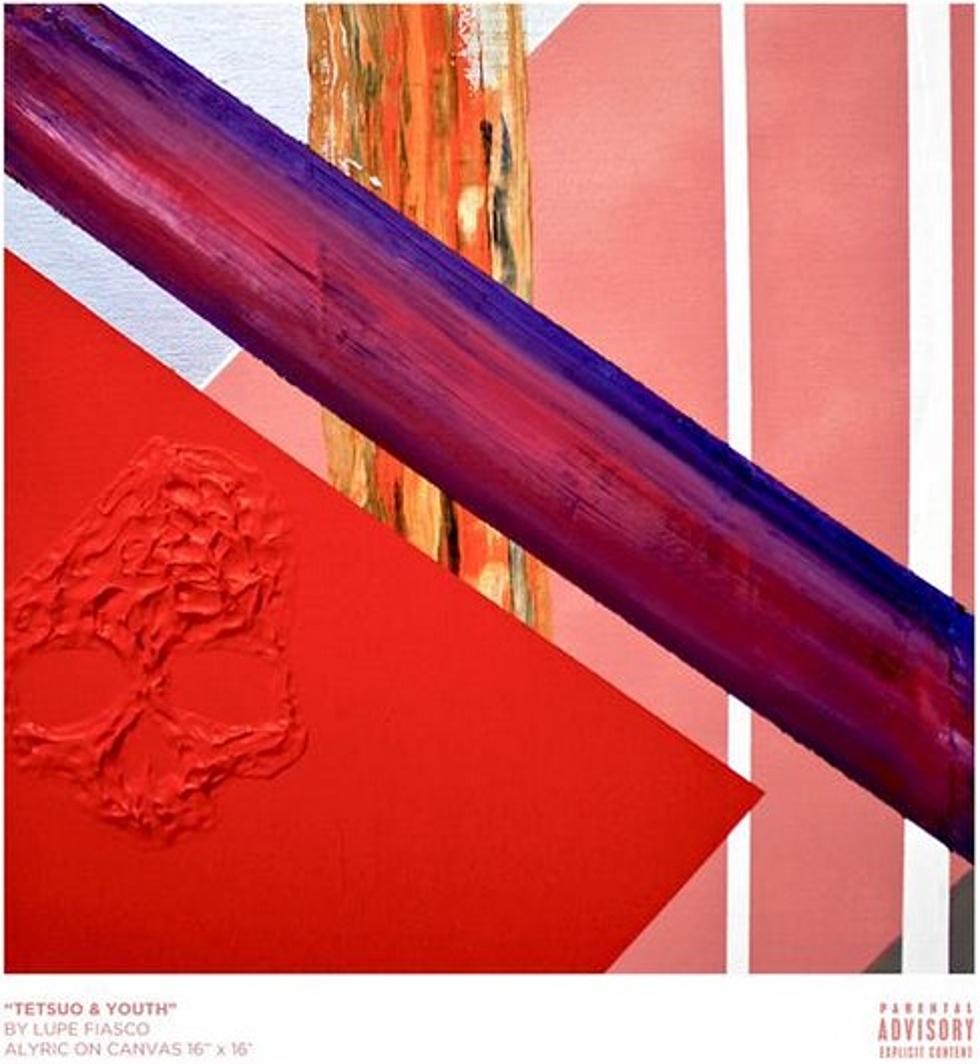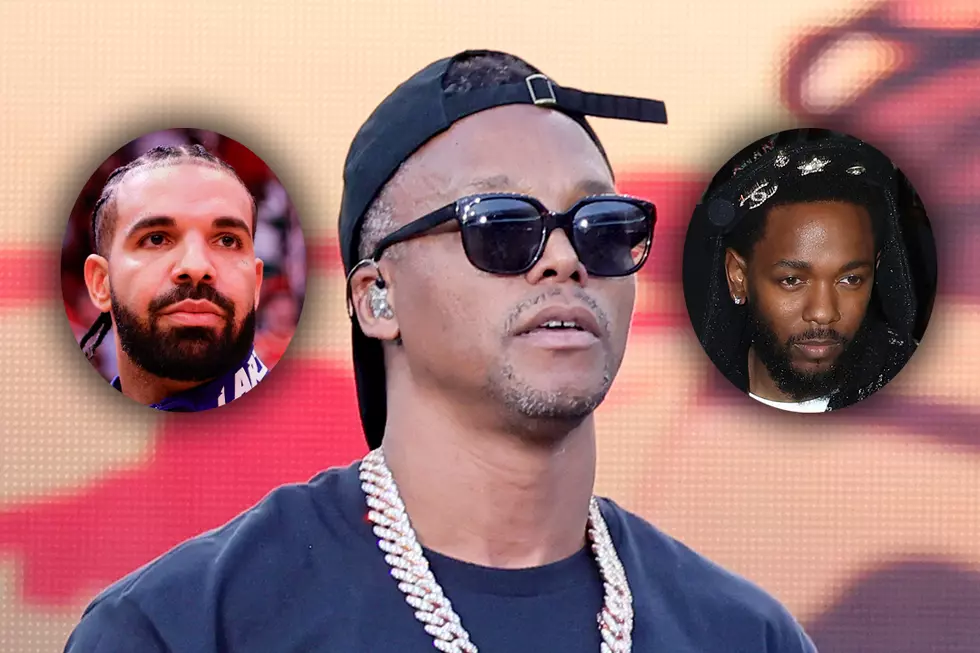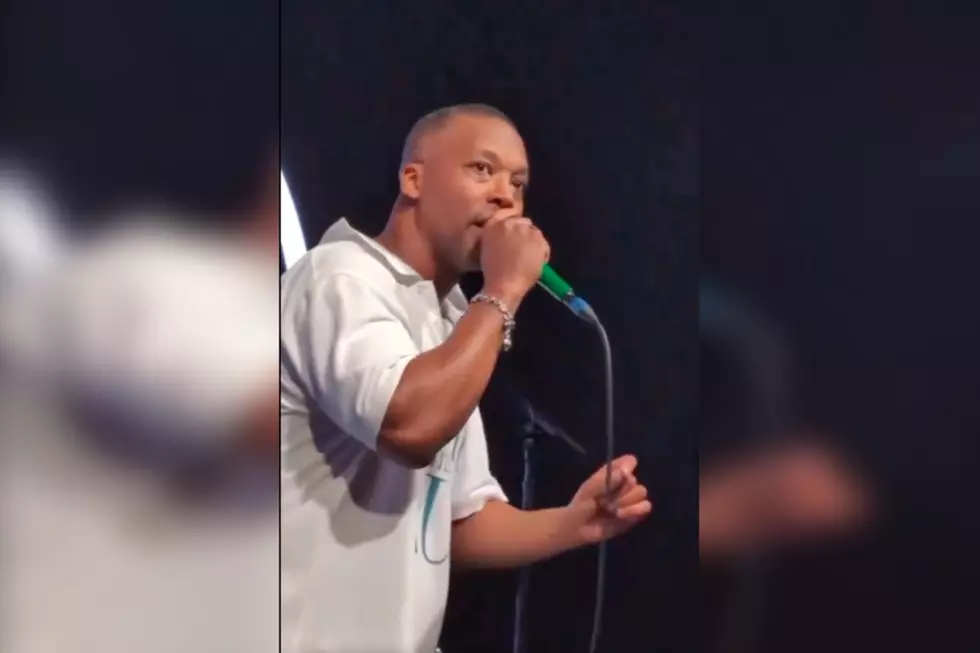
Lupe Fiasco’s ‘Tetsuo & Youth’ Is A Return To Form
Lupe Fiasco’s career has been a mix of blooming ingenuity and surprising mediocrity. After a turbulent mix of starts and stops, Tetsuo And Youth, his fifth LP and reportedly his last for Atlantic, is an album that both meets fans' exalted expectations of the Chicago native while surpassing them in the process. Sonically separated by the four different seasons, Lupe has arguably released his most thematically layered and engaging album to date.
The genetic makeup of the “Summer” section is a nostalgic reminder of Lupe’s career origins. “Mural” is a concrete reminder of the man’s deft lyrical stronghold. Lacking the enthusiasm of his “Kick Push” days, he commences with a stoic demeanor and then gradually becomes more energetic, all the while ejecting inferno bars at will. For the purposes of the album, the detached effect works. He revisits the same distracted technique in the relaxed dreamscape of “Dots And Lines,” which commences with a banjo, an instrument synonymous with jubilant sounds. Effortlessly flipping his wit via arithmetic references (sine/sign) he once again assumes an air of preoccupation but never suffers in quality. His mind is on to new things for which he is unapologetic.
“Fall” marks a pervading feeling of hopelessness, executed first on “Prisoner.” His flow becomes more animated as he vacillates between various sketches of grim inmate life. The airy chorus of “Little Death” buttresses Lupe’s “such is life” disposition while a dejected demeanor denotes the bittersweet feeling of learning to live with the world’s ills, an idea reanalyzed in the ensuing track, “No Scratches.” The song revels in the bittersweet sentiment of temporarily letting go, viewed through the lens of his musical career arc and his longstanding role as social provocateur.
Lupe’s “Winter” is the sound of foreboding horns and synths that mimic the cadence of an ambulance. Teetering the line between cold-hearted disillusion and anger, he delivers a faithful performance on “Chopper.” Although his guests remain loyal to the subject matter, the half-life expires at the midway point of the nine-and-a-half-minute track, lessening the blow of his meticulously hand-crafted final verse. “Deliver” is an improved exploration of his seasonal intentions. As witnessed on “The Die,” Lupe is an expert at using black humor to paint wholly austere narratives, and “Deliver” uses the concept of an MIA pizza delivery man to enact one of the most earnest documentations of the current Chiraq landscape set to kick drums. His sentiments morph to utter fury with “Madonna,” a natural capitulation of his weariness.
But the anger soon morphs into words of inspiration on “Adoration Of The Magi” where Lupe seeks to instill confidence in anyone anxious to follow in his footsteps. Tearing down the young man hustler ideology and poseurs, he uses Biblical metaphors and references to music’s everlasting relationship with babies on album covers such as Notorious B.I.G.’s Ready To Die and Nirvana’s Nevermind to craft one of Tetsuo And Youth’s most dazzling records.
Fittingly, “Spring” is the last seasonal themed instrumental on the album and also the last track. By the album’s finale, what we are left with is not only a permanent residence in the hip-hop fan’s consciousness, but a promise of a new career lifeline after finally severing ties with Atlantic, after a war that's dragged on for years. We are left to pine over what the artist who crafted Food & Liquor, The Cool and now Tetsuo And Youth will brainstorm next. —Kellan Miller
More From XXL









